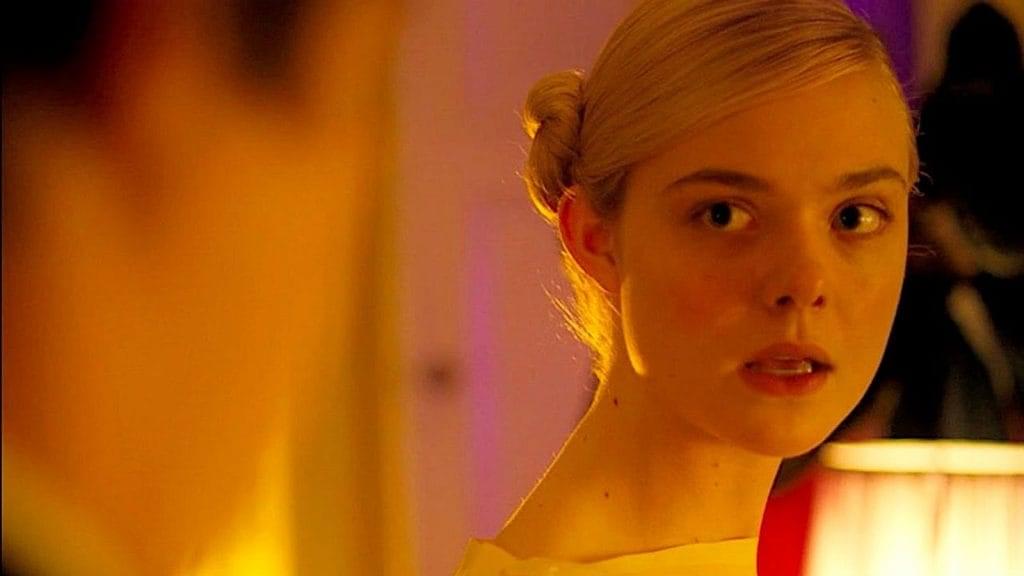
A cinematic essay that tackles everything from nostalgia to the Mexican-American War to Hithcock’s Vertigo to the director’s own personal life, it makes sense that Jenni Olson’s The Royal Road was programmed as part of the 2015 Sundance Film Festival’s New Frontier program. Predominantly stationary camerawork of locations around San Francisco and Los Angeles, under a voiceover tackling the topics (and more) above, the film embodies the characteristics of that section, in that it is unique, challenging and experimental. It is a risky film if your attention span is not forgiving, and some people will love it while others will be terribly put off by it.
For my part, I found the film meditative at times, and experienced a number of conflicting feelings about the film as it was in progress. When Olson’s stories focused more on her, I found myself engaged; it felt more traditionally narrative in those moments. Likewise, talk of things cinematic, such as the aforementioned Vertigo, brought me in (which is not unexpected at all; I like movies). In those moments, I found myself more willing and able to go along with the tone and groove of the piece. Philosophical ideas about nostalgia also fostered contemplation.
At the same time, I was turned off by the more historical aspects of the project. While I did learn facts and details I can’t say I’d given much thought to otherwise, I was unable to keep myself from drifting back to that feeling of being a student in history class, suffering an assigned lesson, and I should’ve been taking notes copious because a test might be coming. I felt removed from the feeling of a cinematic experience as I relived those youthful moments in class, annoyed that I couldn’t do something else instead.
Which honestly says more about me than the film, and makes me think the film is ultimately pretty damn successful, as my own mental time traveling while watching is no different than what was going on in the film itself. It that sense, the idea of a road being a path to somewhere (anywhere) can’t help but reverberate more, as whether I went to a happy, sad or disinterested place, the film certainly delivered me.
But, as I mentioned above, I do think others could find the film less than exciting. A stationary view of roads or scenery, accompanied by disembodied voiceover, can be hypnotic, but it also can be too challenging for a short attention span to swallow. I’d hope that one would be interested in a challenge here or there in that regard, but I also understand if someone would be reluctant; it did take me some time to relax into the experience. The film certainly works, but it was not entirely my cup of tea.
